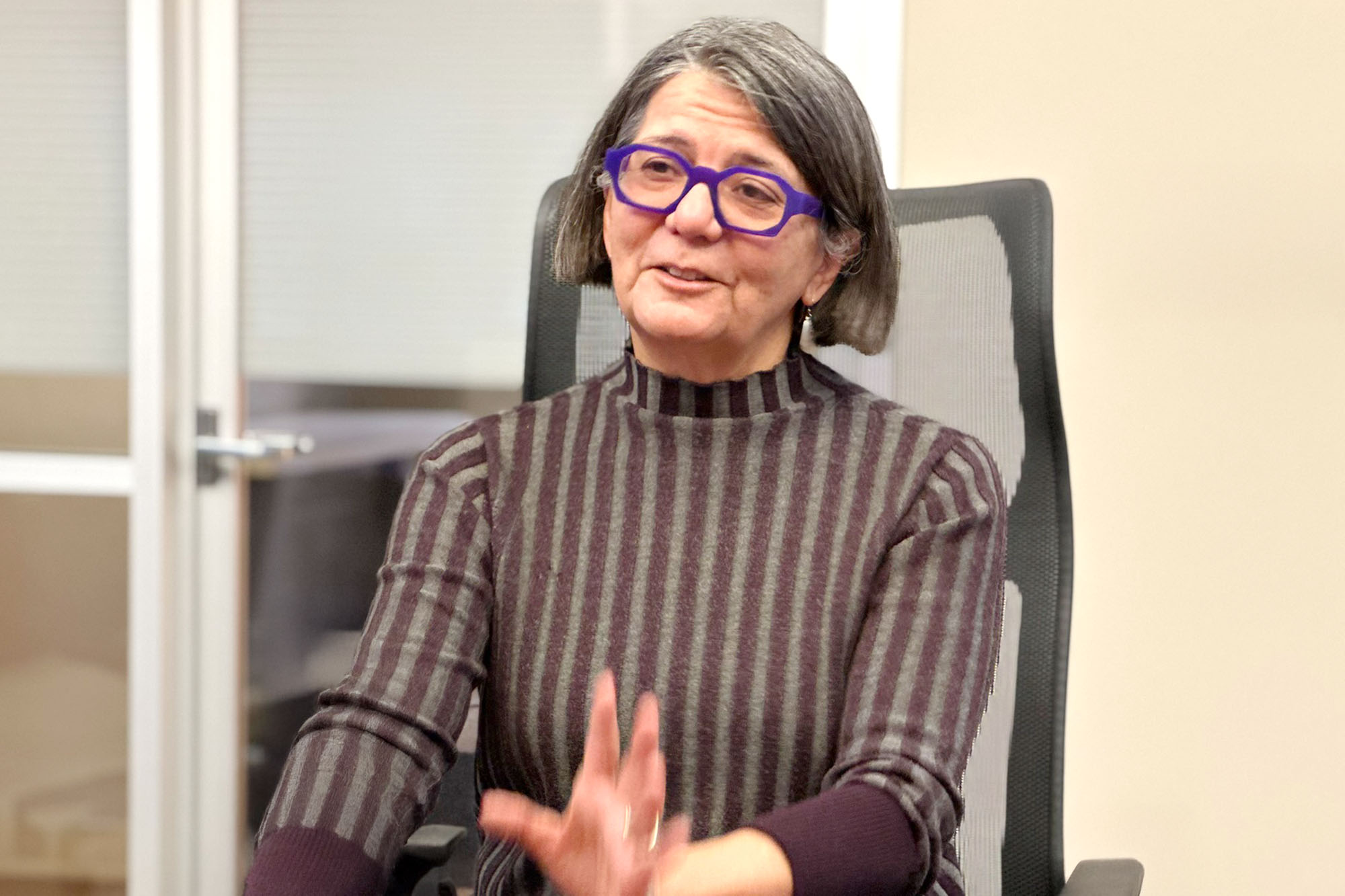
On September 15, the US begins a monthlong celebration of Latino/x heritage and culture, so I’ve been thinking about the sacrifices my family made when I was growing up in Chula Vista, a suburb of San Diego just seven miles from the Mexican border. They worked hard so I could have a good life, just like millions of Latino/x families who make powerful contributions in their own communities. Without their efforts, California wouldn’t be such a prosperous place.
Yet behind their achievements and strengths, many Latinos/x continue to struggle with obstacles that block them from living in optimal health, such as complexities in the health care system, language barriers, inadequate access to health services, and the legacy of being underserved for generations.
At the California Health Care Foundation, we envision ways to eliminate such obstacles so that everyone in the state can thrive and have what they need for their health and well-being. One way to achieve that is to collect and share reliable data about the real-world challenges facing this diverse group of Californians. The California Latino Health Almanac is a step in that direction. The Almanac is a new comprehensive resource that provides data about the challenges facing many Latinos/x and highlights the policy opportunities that could make California healthier, stronger, and more prosperous.
Latino/x Health Data Insights
Latino/x Californians make up 40% of the state population. Whether it’s harvesting the food we eat, caring for children and seniors, or bringing us together through food and the arts, Latinos/x make huge contributions to California’s powerful economy. Their labor accounted for more than $1 trillion worth of California’s economic output in 2023, according to research from UCLA and California Lutheran University.
For decades, Latino/x communities showed remarkable resilience in the face of significant headwinds. For example, their mortality rates have been lower despite socioeconomic challenges — a long-term phenomenon known as the “Latino Paradox.” But resilience alone isn’t enough. Latino/x mortality rates spiked during the COVID-19 pandemic. While death rates have returned to pre-pandemic levels, persistent health disparities and new warning signs remain. We need systems that actively invest in Latino/x health and well-being.
Latino/x communities — and especially children — face major health challenges. Children are more likely to encounter housing instability, food insecurity, and adverse childhood experiences. These headwinds affect school readiness and long-term well-being.
Rates of obesity and diabetes are steadily increasing in California’s Latino/x community, pushing the numbers higher than other groups. Latino/x children ages 6 to 17 have nearly twice the prevalence of obesity compared with peer populations. This puts them at increased risk of developing chronic conditions as adults.
Persistent disparities exist for Latinos/x in the realm of maternal and child health. Breastfeeding rates are lower in many Latino/x communities, and adolescent birth rates are three times higher than among non-Latinas/x. These trends pose risks to the long-term health and economic stability of the entire state.
Access to Trusted Care
Among California Latinos/x, more than half of children and one in three adults are enrolled in Medi-Cal and can access preventive care, manage chronic illnesses, and get maternal health services. But Medi-Cal is under threat. Deep federal cuts and ongoing state budget pressures could leave many families without the coverage they rely on, and that could mean more people without insurance, more delayed or missed care, and worsening health outcomes, especially in Latino/x communities.
Community clinics are vital sources of medical and behavioral services for many Latino/x Californians, and their capacity will be stretched by the cuts as they provide care to many patients whose health insurance will be lost. And the expected decline in Medi-Cal enrollment will have profound implications for a community that already has a high rate of uninsurance and lacks access to a usual source of care.
Everyone deserves quality health care from trusted providers who respect and understand them. Right now, the health care workforce does not yet reflect the number of Latinos/x who live in California. There are disproportionately low numbers of Latino/x health care providers, especially medical specialists and behavioral health providers. There are too few to provide linguistically and culturally concordant services to all the Latino/x Californians who need it. Lack of representation affects trust, communication, and the overall quality of care. We need to invest in promotores and community health workers, and to bring care directly to people through mobile clinics and telehealth. And because Latinos/x are a large and diverse population that differs by region, generation, and immigration and socioeconomic status, we need better information in the form of disaggregated data to understand what’s working and focus on the places where we need to do better.
When Latinos/x Thrive, California Thrives
Latino/x communities deserve more than mere survival. The California Latino Health Almanac gives us both a mirror and a roadmap to provide that. It shows us where Latinos/x stand and where we need to go. Californians can use it to ensure that adequate access to care, better ethnic and racial representation in the health workforce, and positive health outcomes can be the norms, not the exceptions.
As we look forward to celebrating Latino/x heritage this month, let’s recommit to improving Latino/x health. It isn’t just a health issue — it’s a California issue. When Latino/x communities thrive, all of California benefits.
Authors & Contributors






